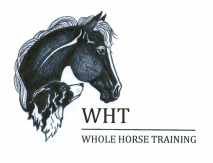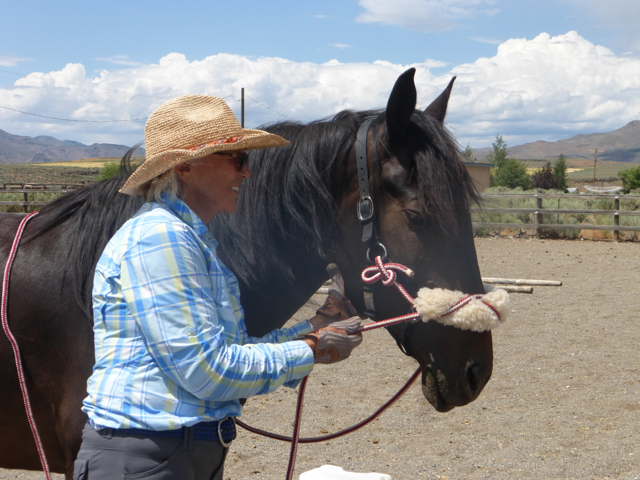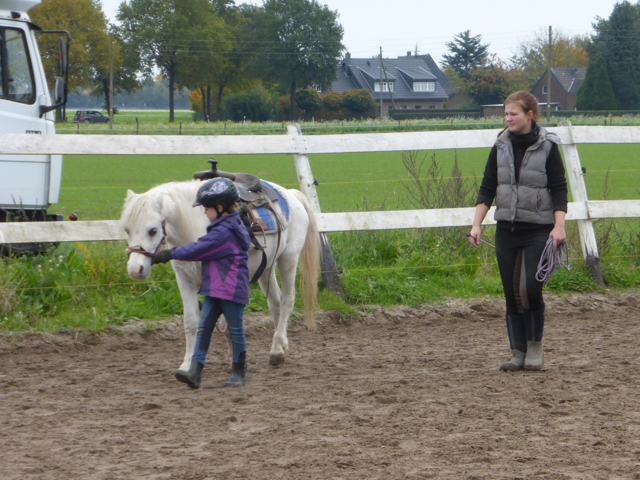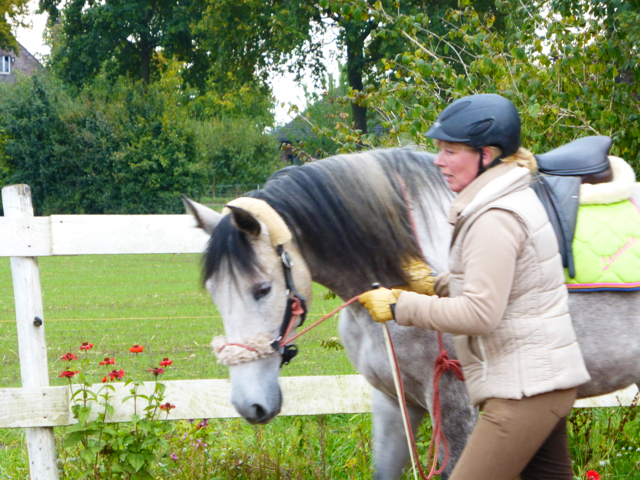Connected Groundwork® & TTEAM® Ground Schooling
Where would I be without them?
One of the biggest revelations to people who enter Connected work is that a horse senses whether you are “Live Weight” or “Dead Weight” even if you are working them from the ground. The ability to move your joints and oscillate, or “buoy” in your body, depends upon finding and maintaining a functional posture. A posture that “works” is one that allows your bones and joints to move. This is a neutral posture and from this posture you can offer an elastic and supportive connection so that you and your horse move in freedom together. If you arch or slump in your posture, you become dead weight to your horse and feel heavy.
I am not an "official" TTeam practitioner. I have, however, attended workshops and learned from skilled teachers who have shown me the value of this work, developed by Linda Tellington-Jones, in building trust and confidence in horses of all kinds and levels of training. I cannot imagine developing a happy, willing partner without the use of TTeam groundwork.
I am not an "official" TTeam practitioner. I have, however, attended workshops and learned from skilled teachers who have shown me the value of this work, developed by Linda Tellington-Jones, in building trust and confidence in horses of all kinds and levels of training. I cannot imagine developing a happy, willing partner without the use of TTeam groundwork.
When we place the needs of our horses as the priority of our time spent with them, we must be willing to observe even the tiniest indications of tension or release. We must also allow time for each horse to process new experiences or awarenesses in their own time. Deep breaths, licking and chewing and half-closed eyes on a lowering head are signs that a horse’s nervous system is integrating the work.
My long-time farrier and friend, Doug Frazier, had this to say: (Picture a tall, unassuming guy in a cowboy hat with sparkling eyes and a quick smile.)
“It don’t pay to hurry a horse. They’ll let you know when they’re ready and until then you’re operating on EST:
Equine Standard Time.”
Translation: Leave your agenda at the door.
My long-time farrier and friend, Doug Frazier, had this to say: (Picture a tall, unassuming guy in a cowboy hat with sparkling eyes and a quick smile.)
“It don’t pay to hurry a horse. They’ll let you know when they’re ready and until then you’re operating on EST:
Equine Standard Time.”
Translation: Leave your agenda at the door.
This video demonstrates a Connected Groundwork® exercise called, Cheek Delineation. This exercise improves mobility and flexibility in the area of the poll and can help horses release in their TMJ joint, a place where tension often builds due to rigid postures created by hard hands, the use of training gadgets, and/or insufficient dental maintenance.
Learn more in Peggy Cummings’ book, Connect With Your Horse From The Ground (2011)
Learn more in Peggy Cummings’ book, Connect With Your Horse From The Ground (2011)
This Connected Groundwork® exercise called The Caterpillar, promotes a horse’s ability to telescope his neck. This action opens the throatlatch are, releases the poll and the area of the base of the neck, which in turn promotes freedom in the shoulders. Telescoping is the opposite of compression and is the most desirable posture in a horse’s neck.



